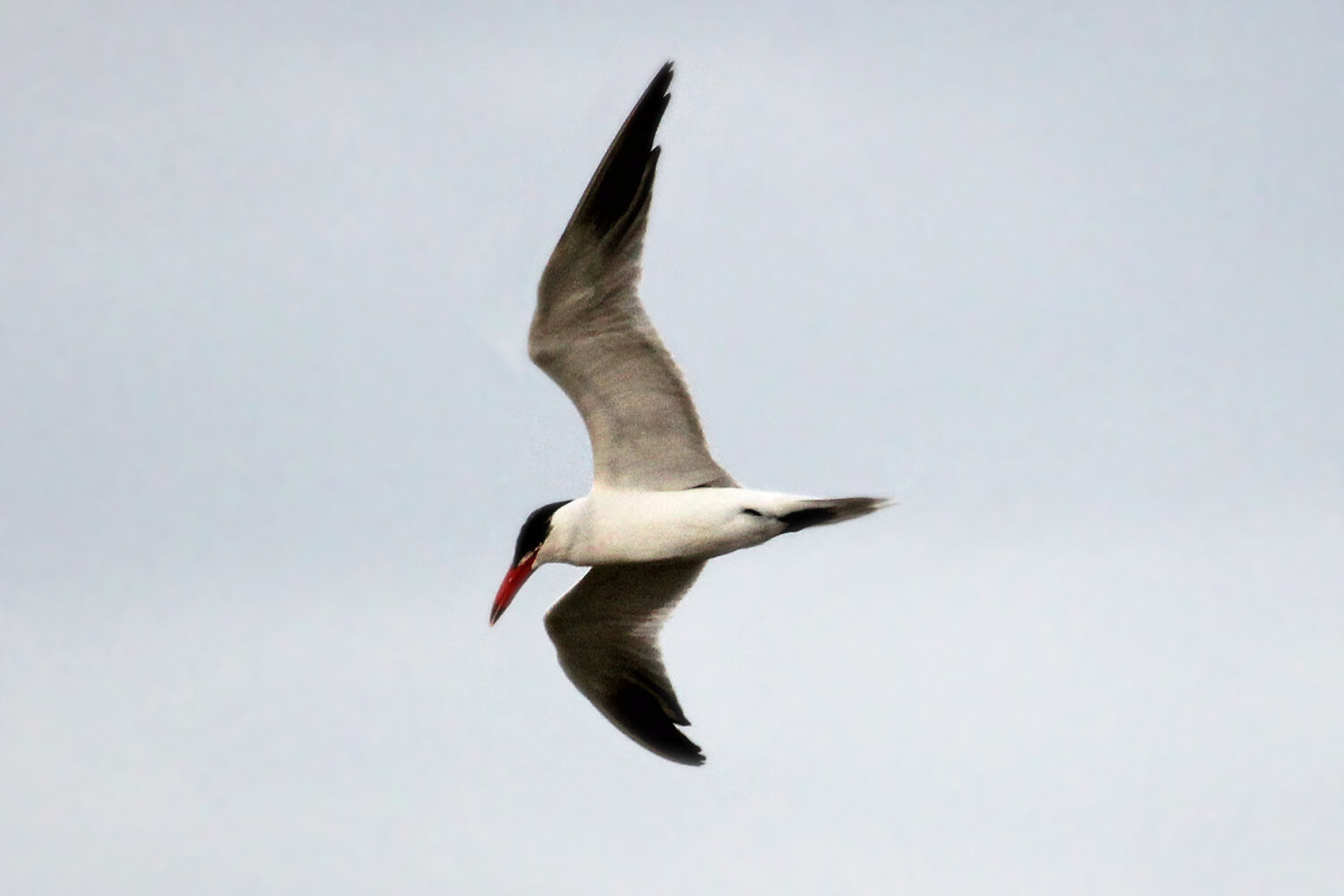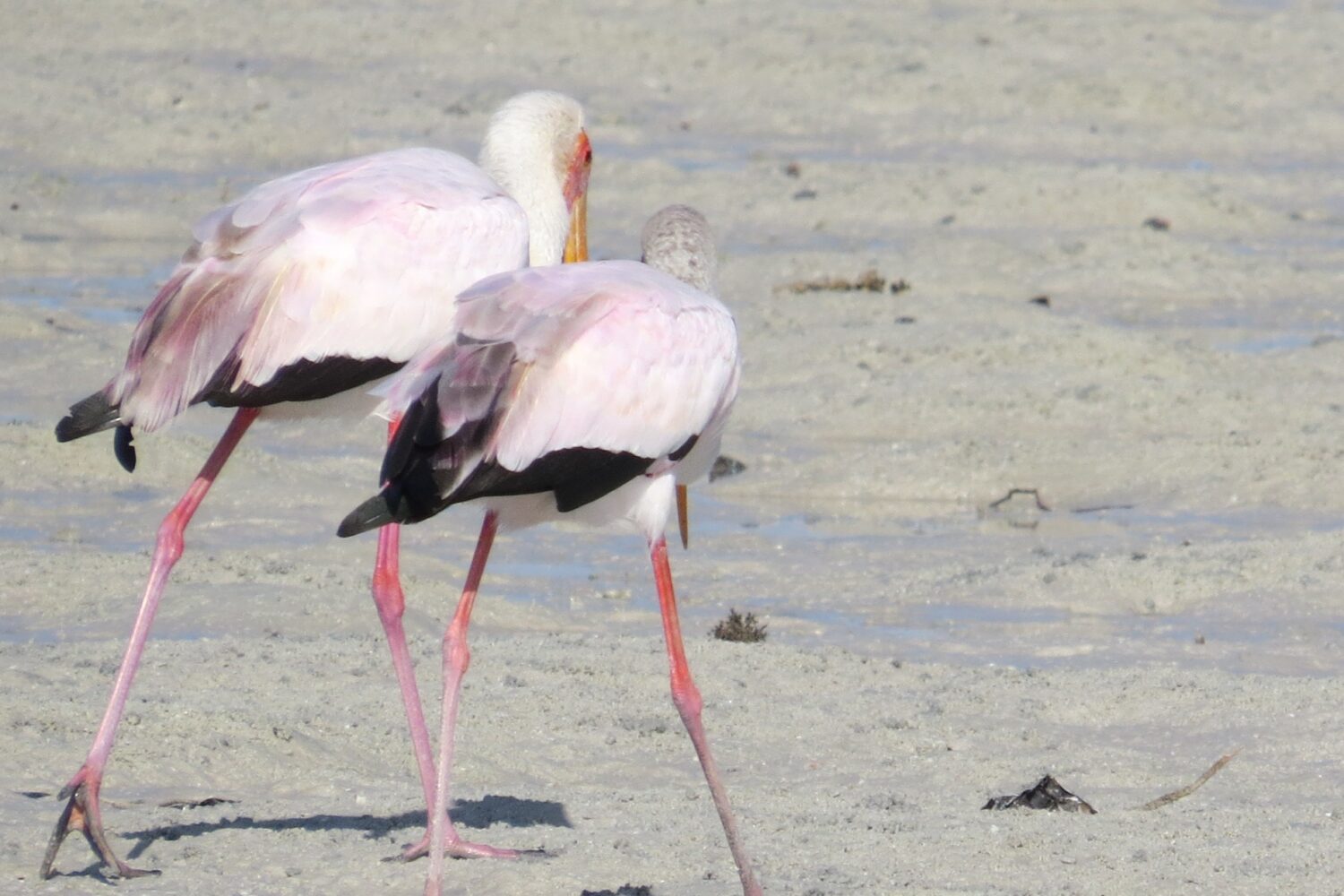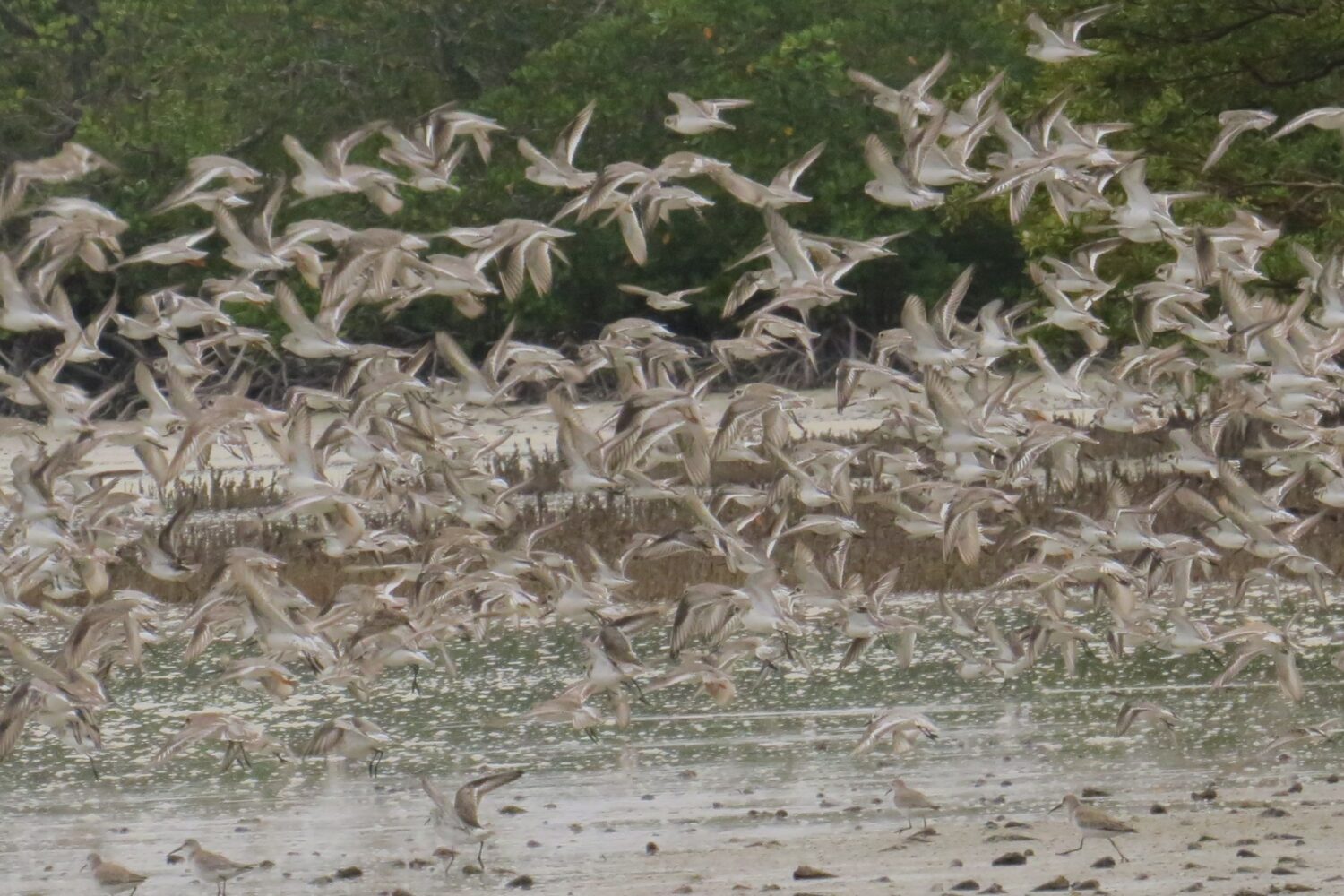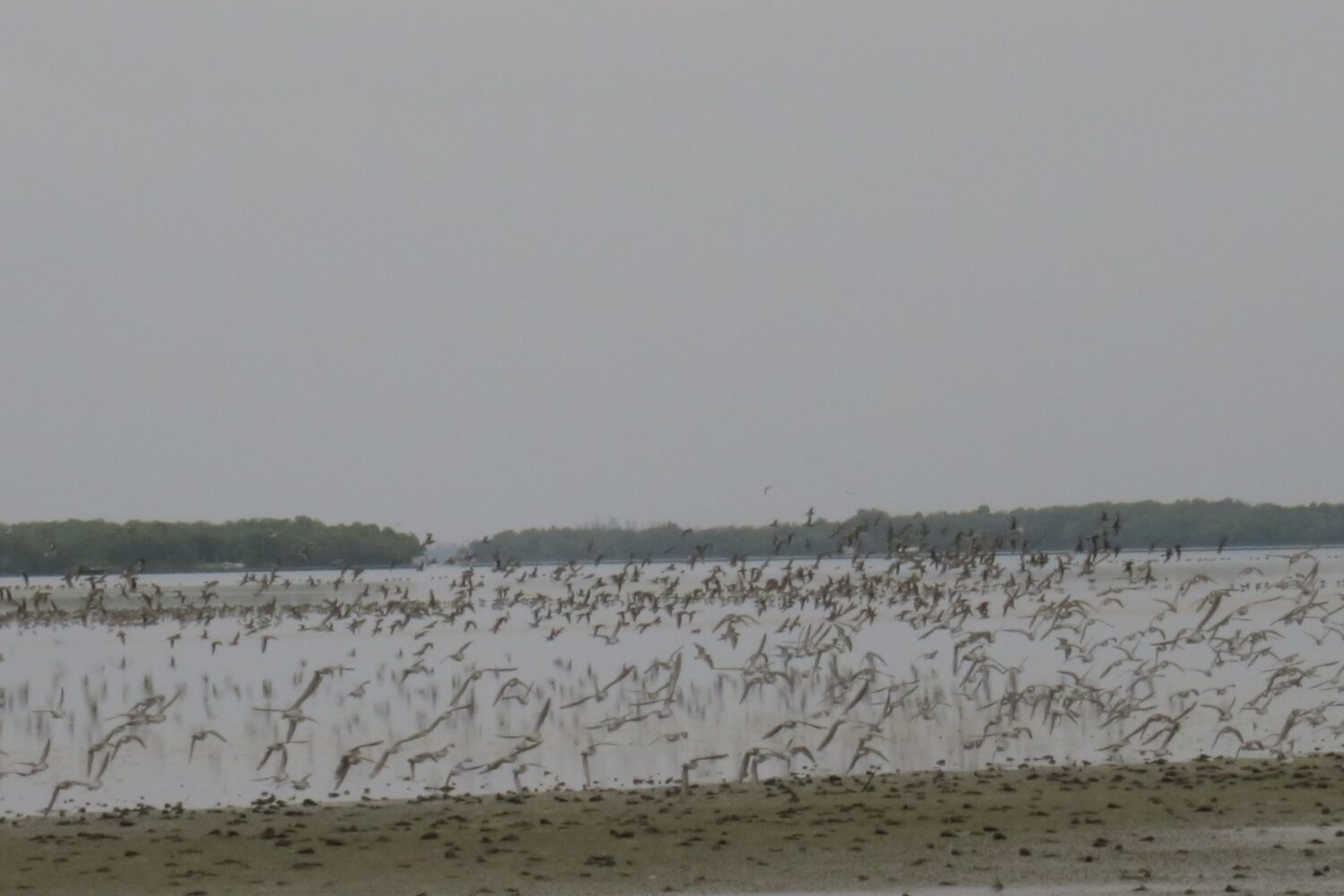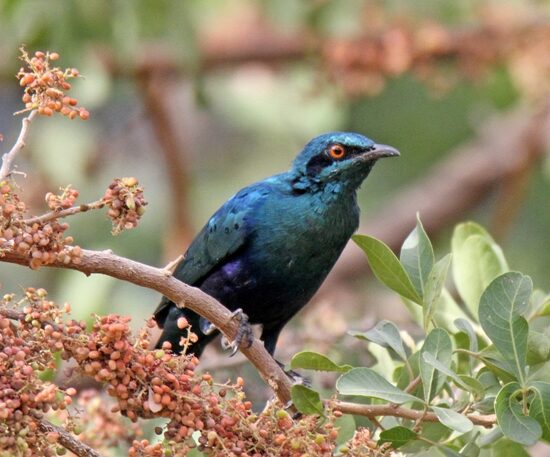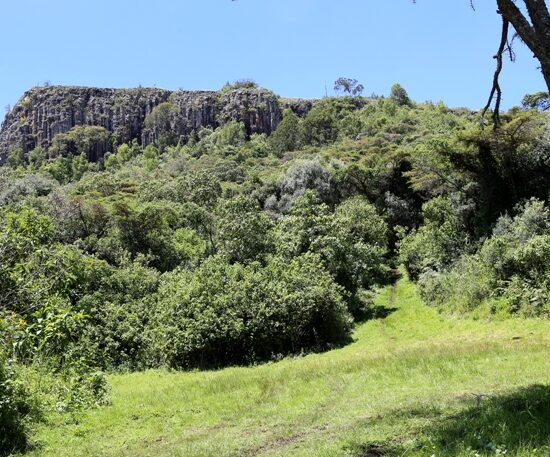Mida Creek is an excellent birding haven, an inescapable oasis on Kenya’s coast for witnessing exciting shorebirds both migrants and residents. The beautiful creek circled by thickets of mangrove forest and padded with palms is a paradise for migratory waders searching for food and wintering areas. Extending inland from the sea into Arabuko Sokoke Forest is one true hidden birding treasure: Mida Creek is an extensive intertidal inlet surrounded by mangrove forest. This is an important area for passage and wintering waders, as well as being a favorite spot of several interesting herons, warblers, storks, egrets, and raptors

